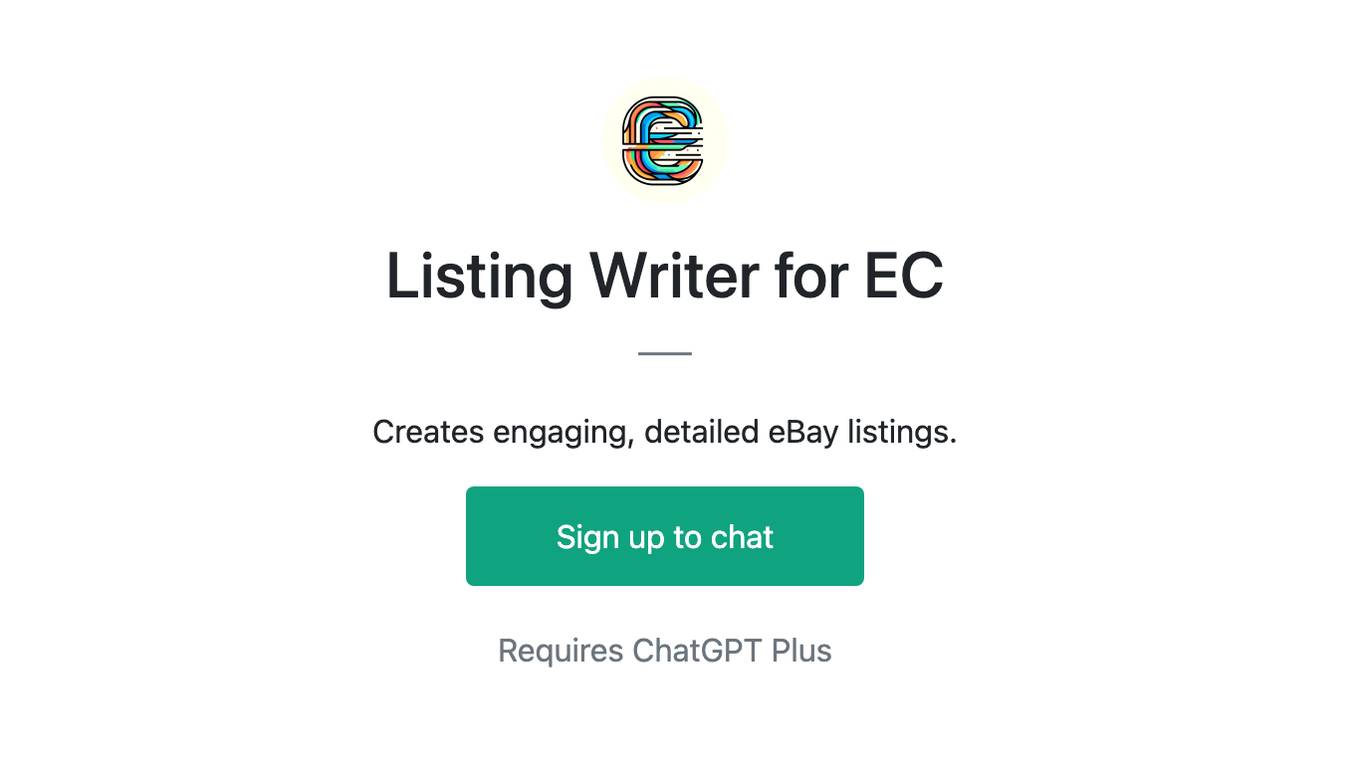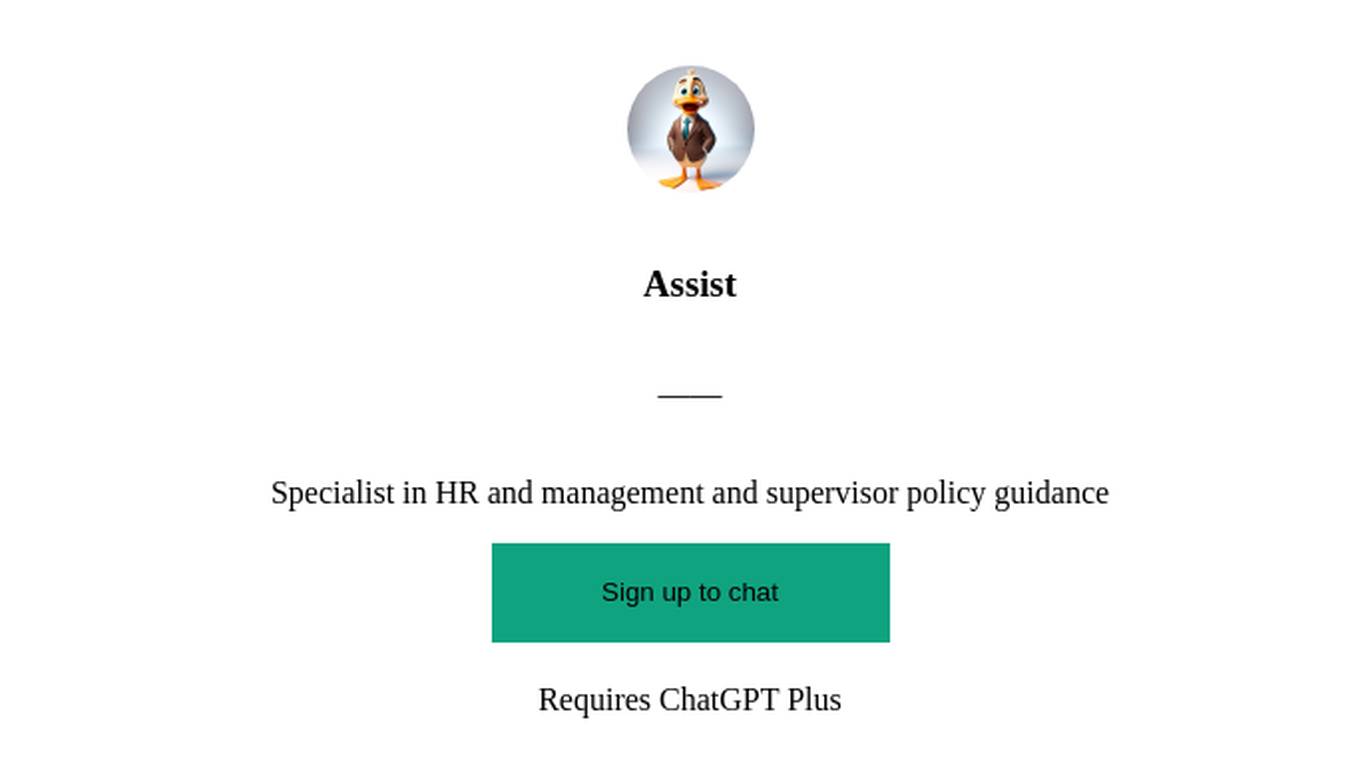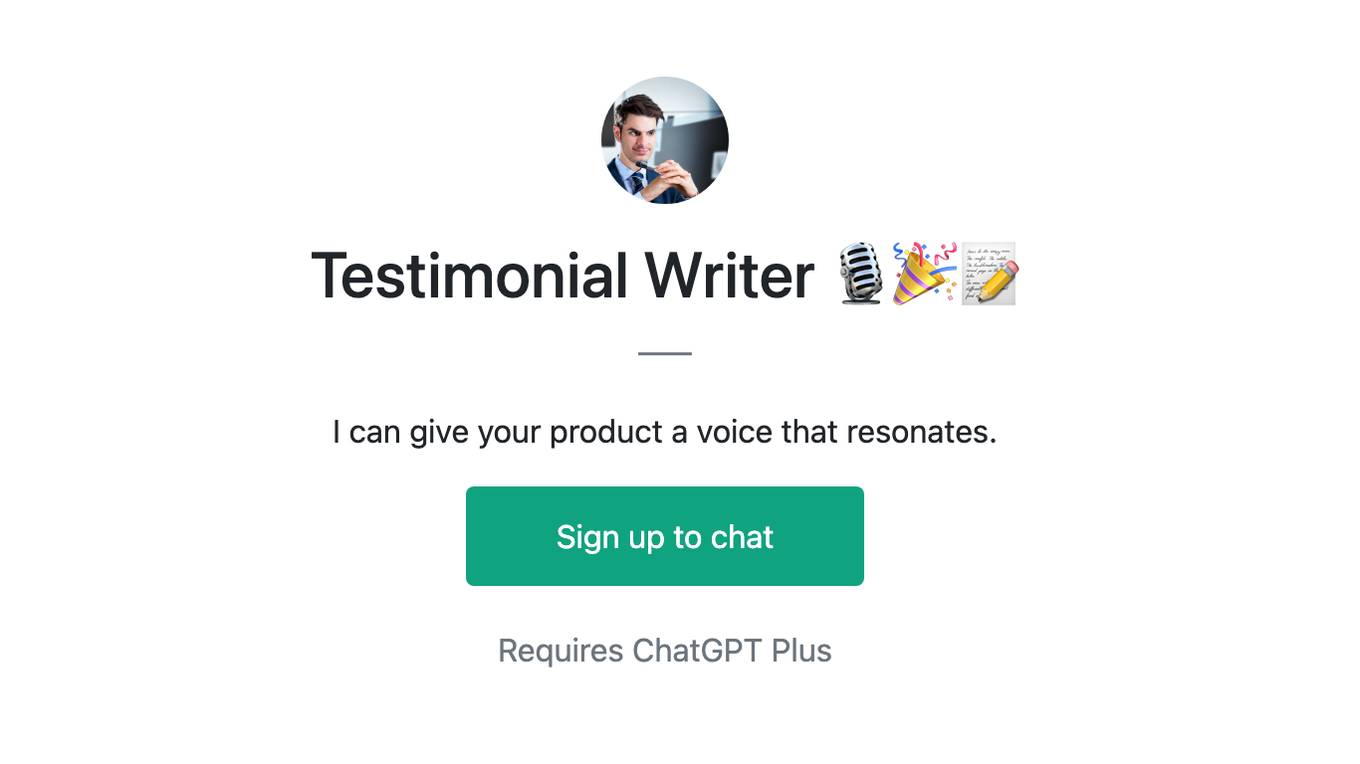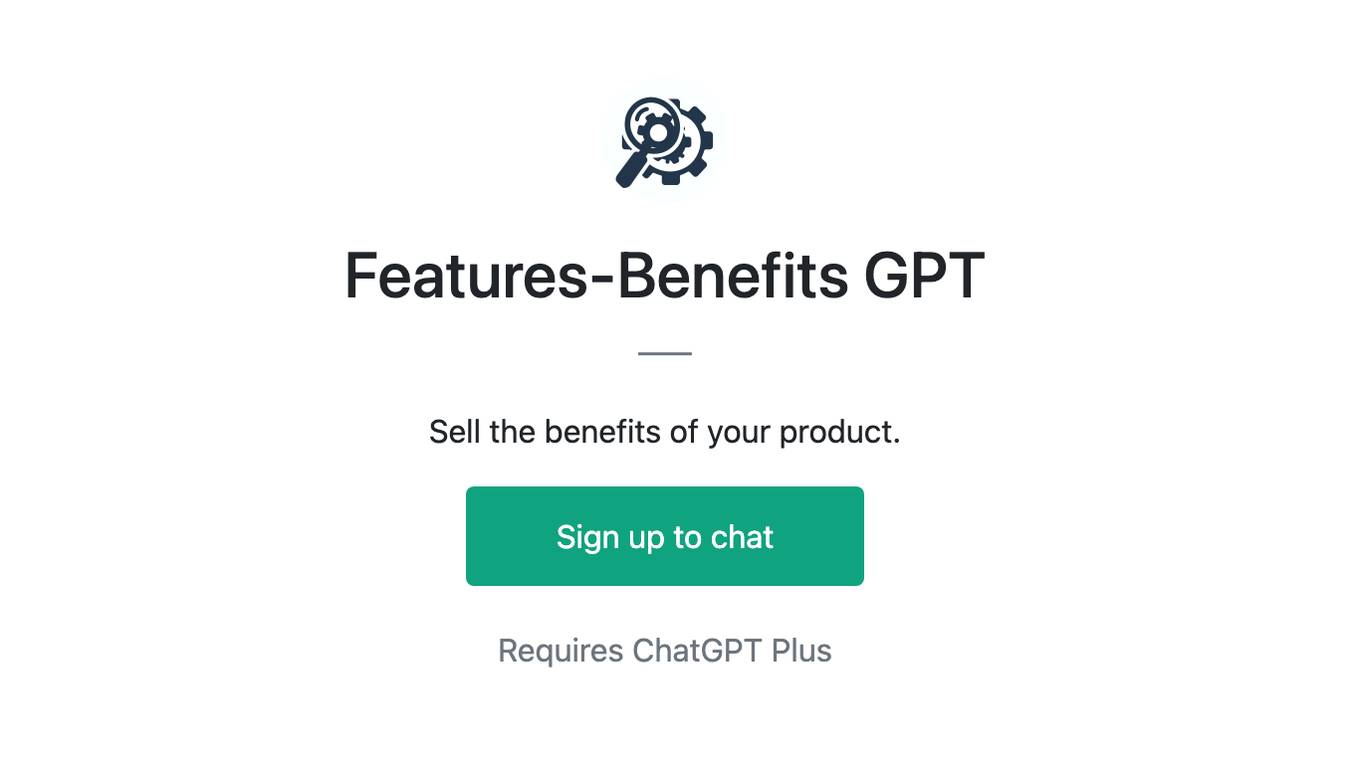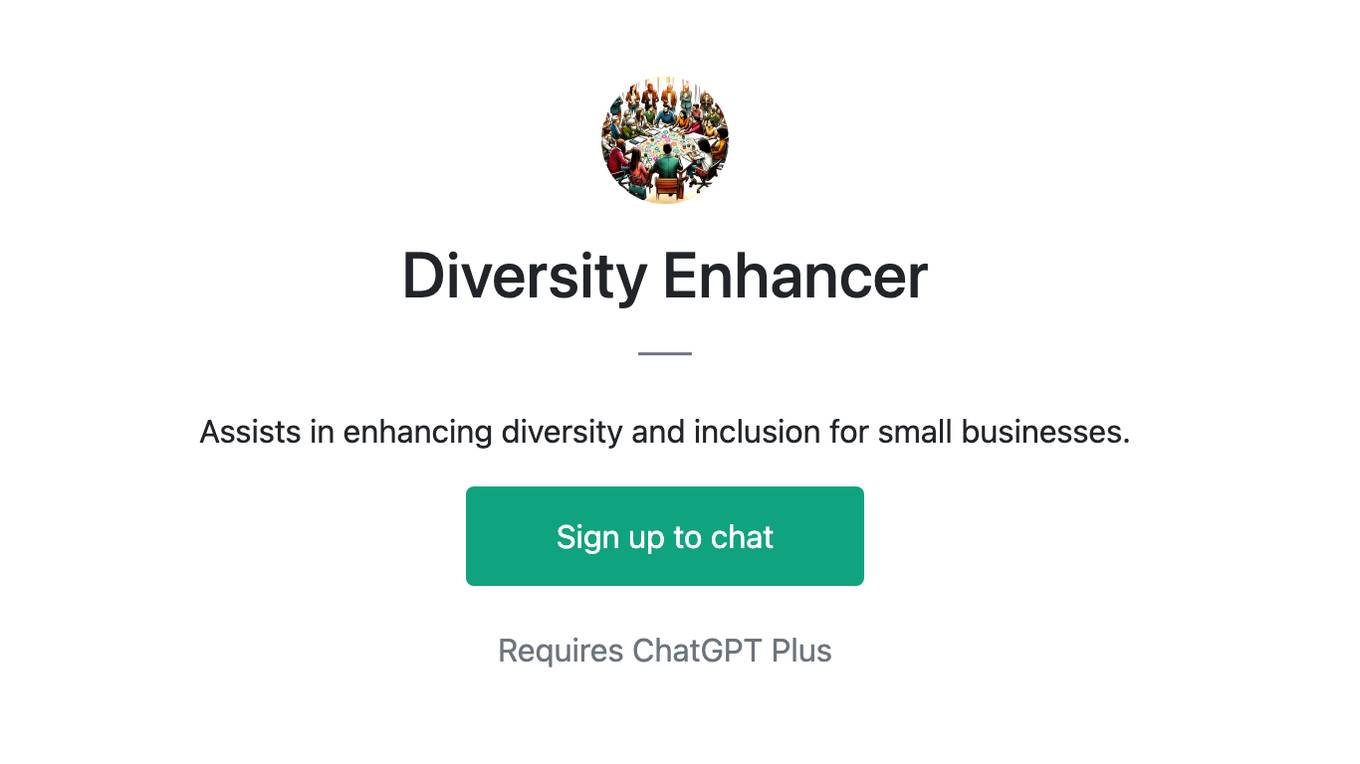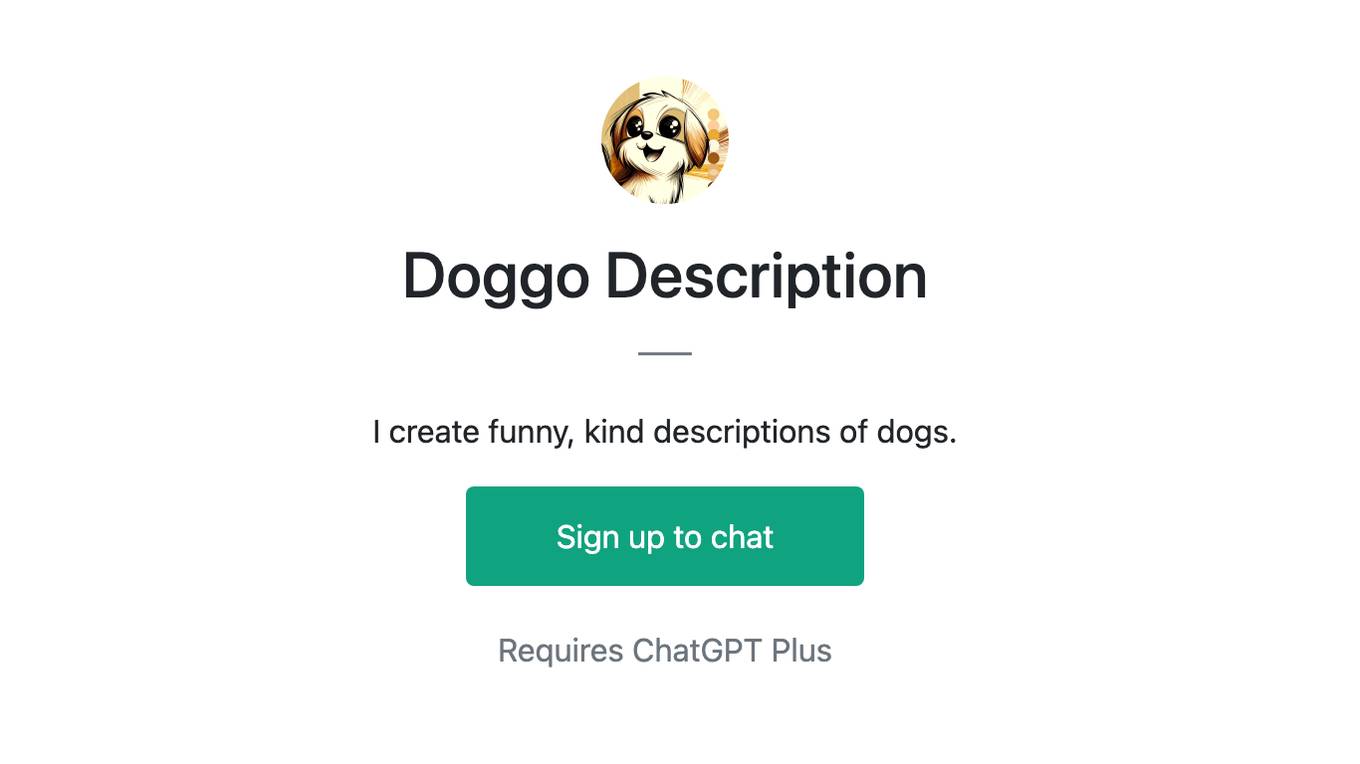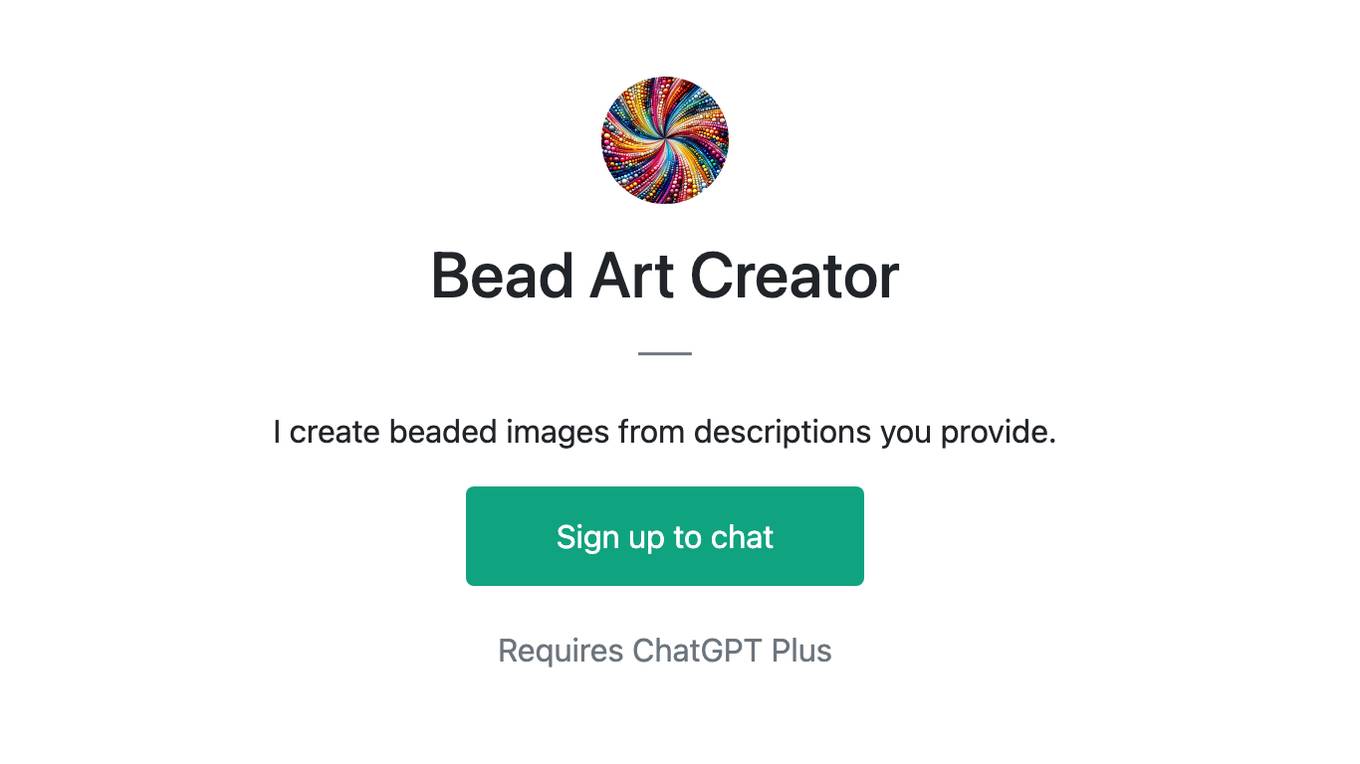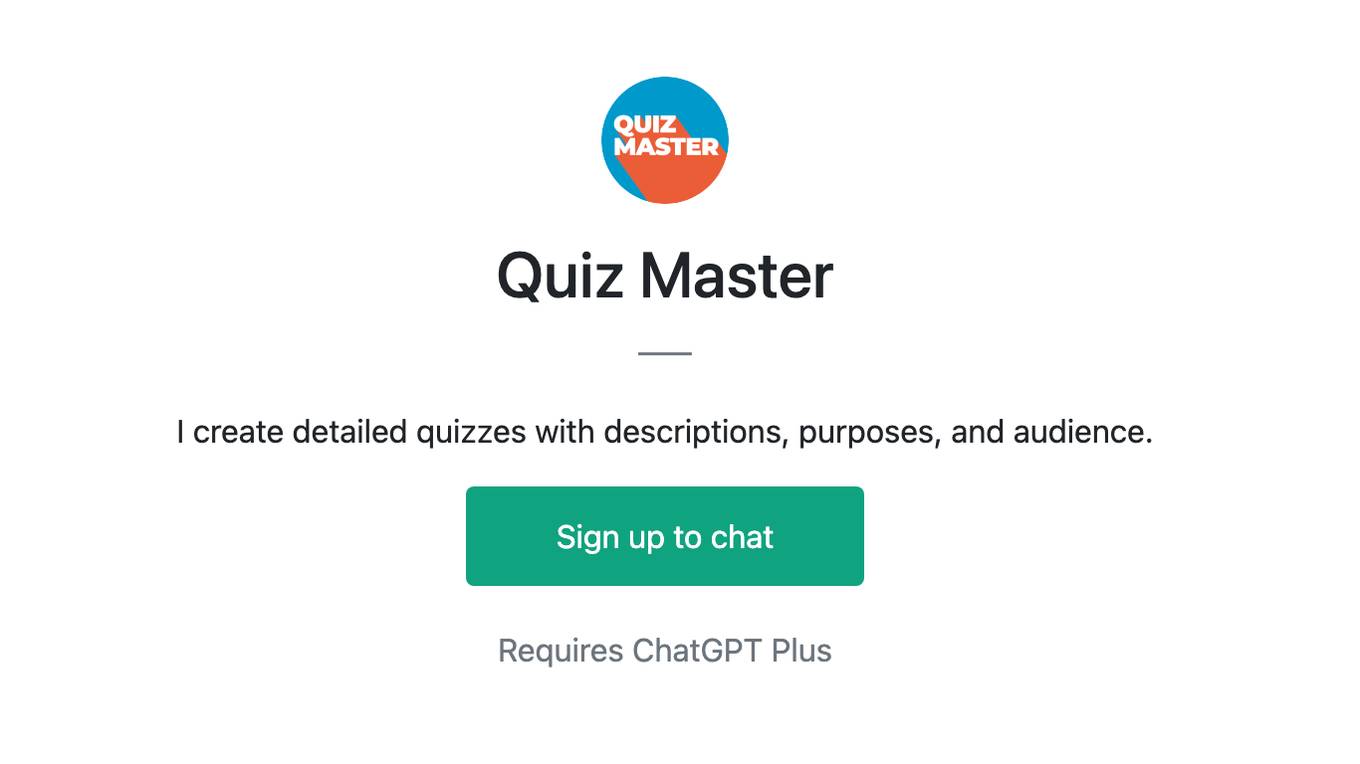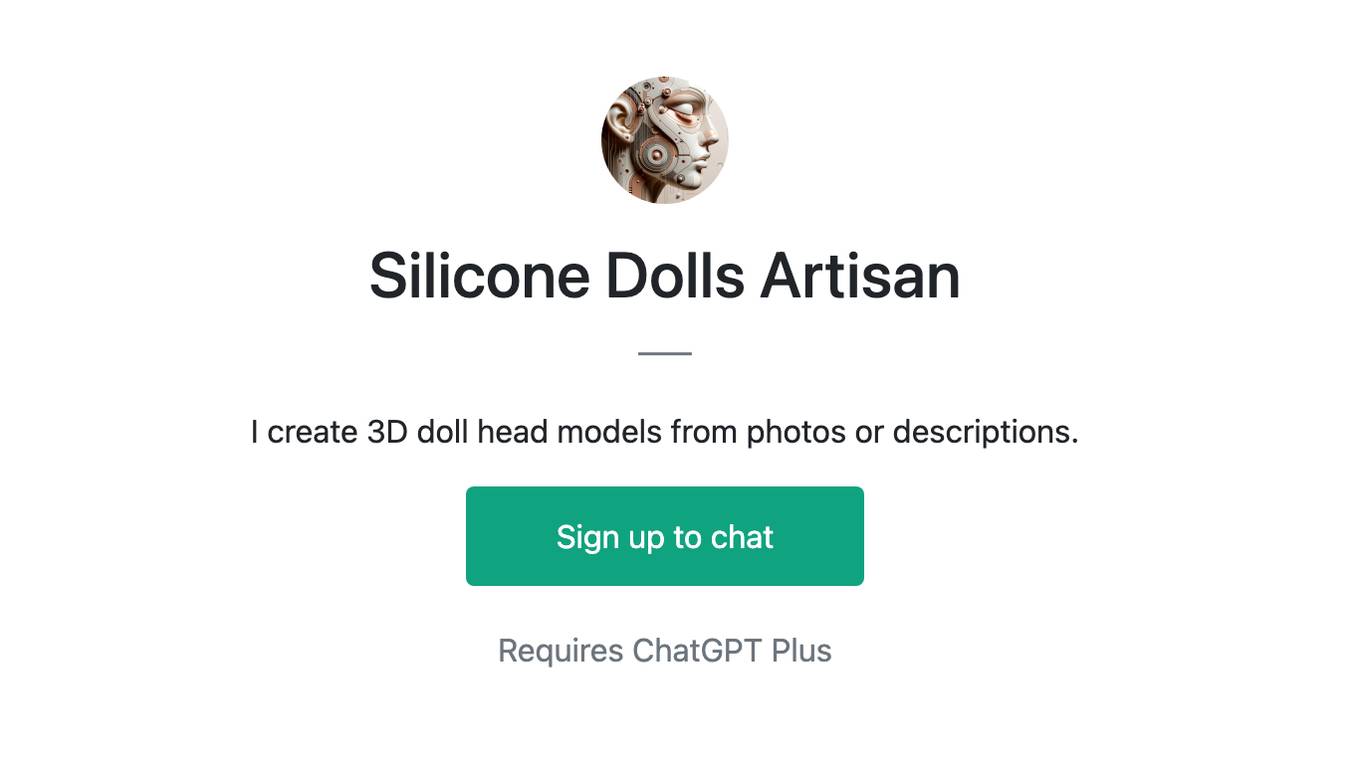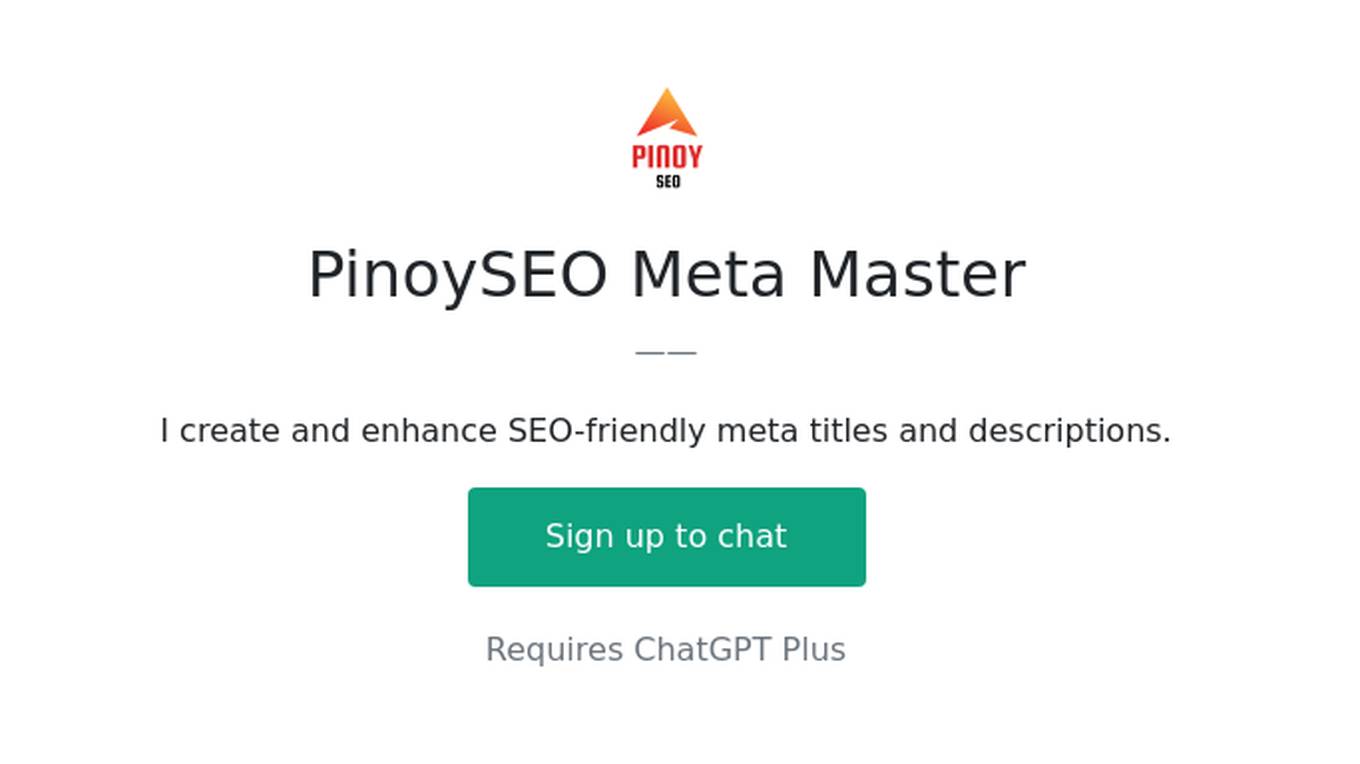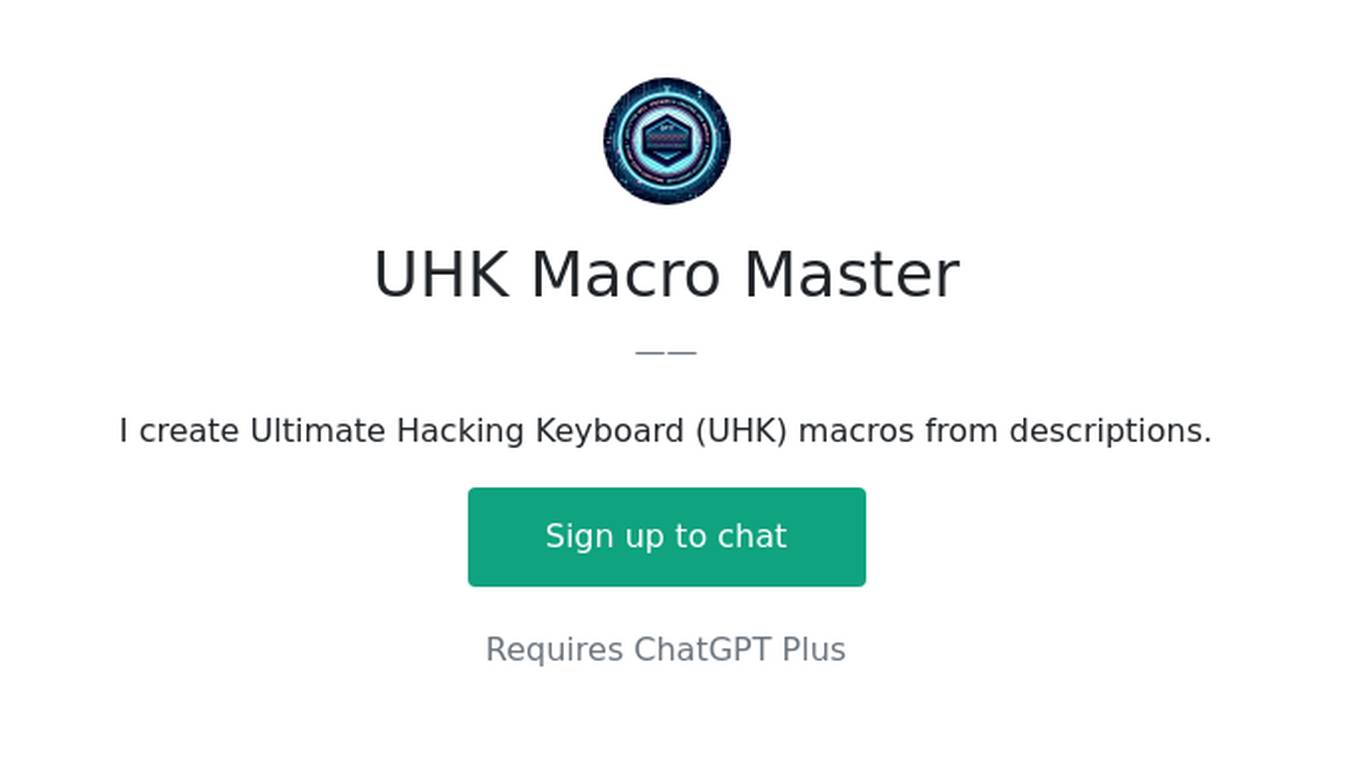Best AI tools for< Create Description >
20 - AI tool Sites

HeroGuide.ai
HeroGuide.ai is an AI tool that assists users in generating brand stories by utilizing brand storytelling methodologies. It helps users clarify their message by providing a platform to create clear and concise descriptions of their businesses. The tool is designed and developed by WITH LOVE INTERNET.
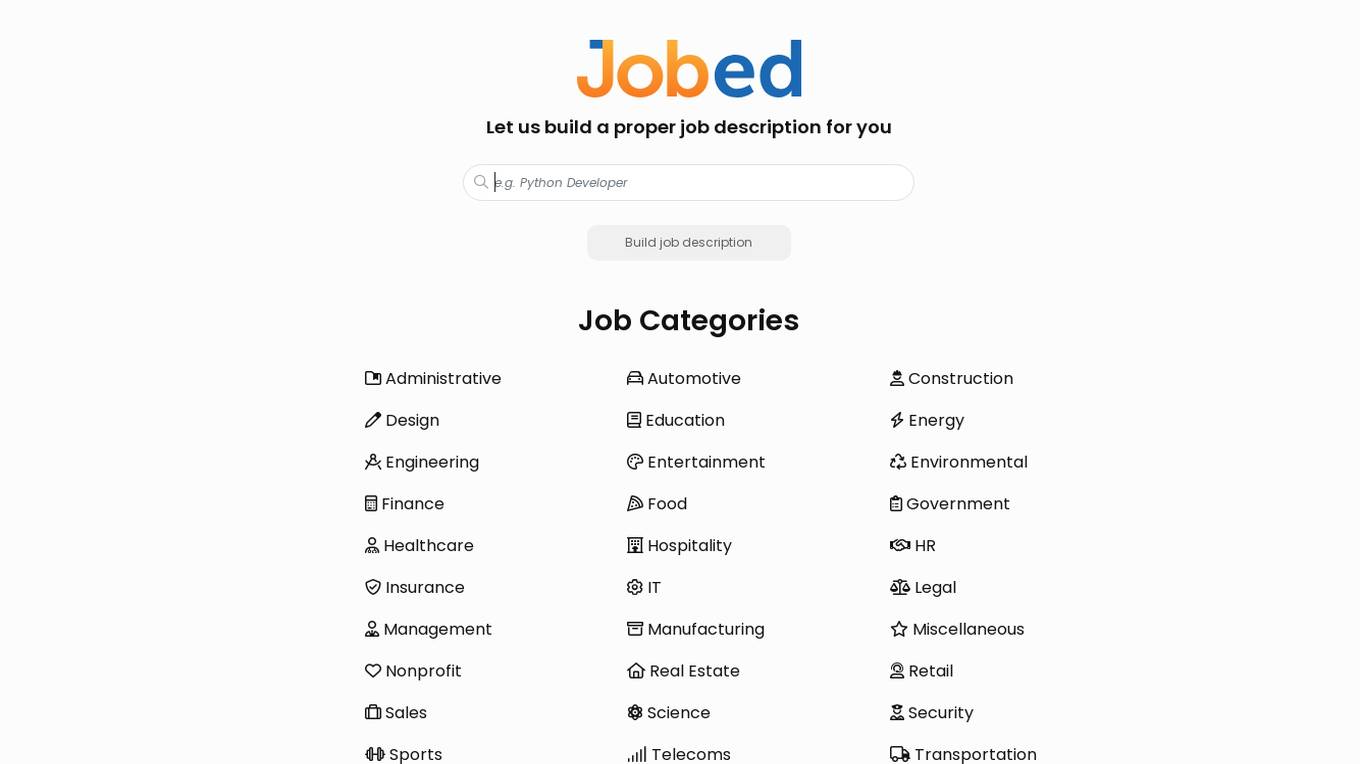
Jobed
Jobed is an AI-powered job description generator that helps users create tailored job descriptions quickly and efficiently. By leveraging artificial intelligence technology, Jobed streamlines the process of crafting job postings for various industries and job categories. Users can simply input their requirements and preferences, and Jobed will generate a comprehensive job description that meets their needs. With Jobed, businesses and recruiters can save time and effort in creating job listings, ensuring that they attract the right candidates for the position.

Bibit AI
Bibit AI is a real estate marketing AI designed to enhance the efficiency and effectiveness of real estate marketing and sales. It can help create listings, descriptions, and property content, and offers a host of other features. Bibit AI is the world's first AI for Real Estate. We are transforming the real estate industry by boosting efficiency and simplifying tasks like listing creation and content generation.
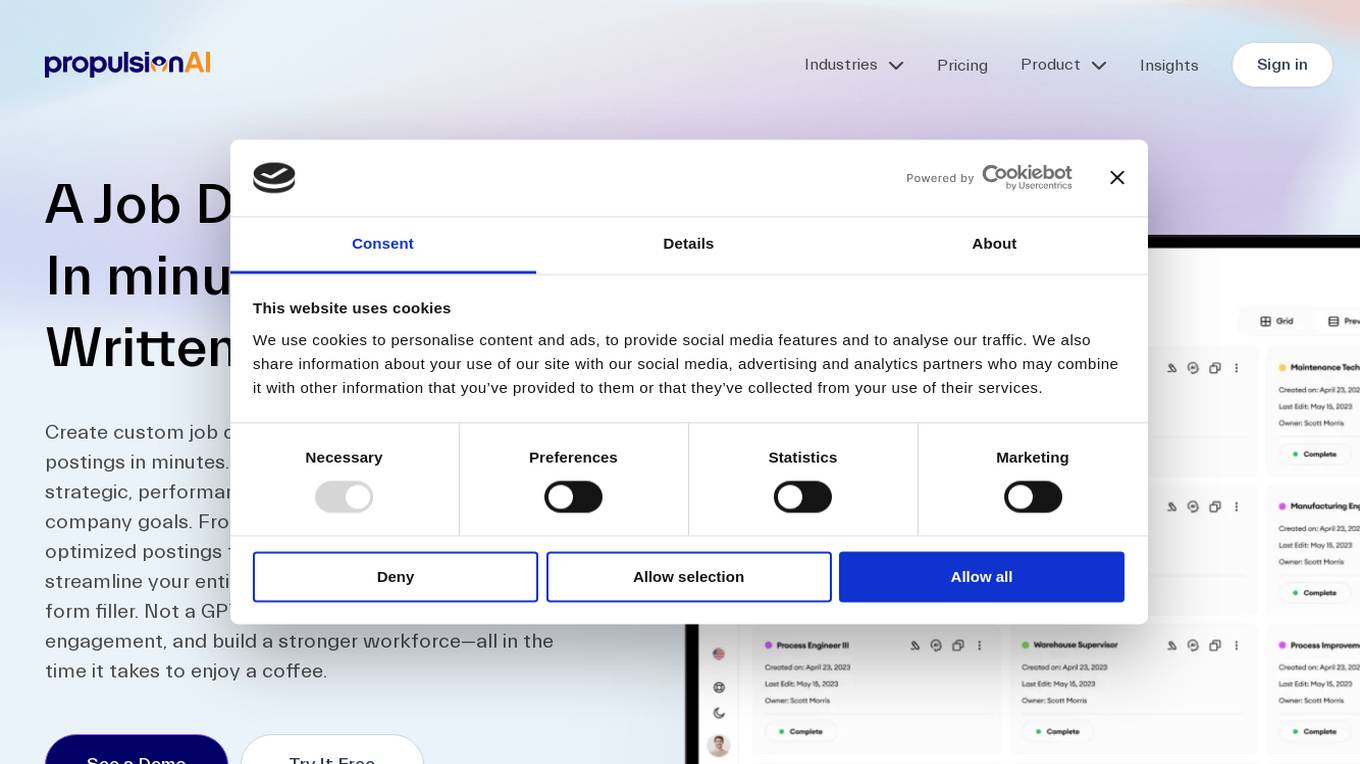
PropulsionAI
PropulsionAI is an AI-powered platform that helps users create custom job descriptions and compelling job postings in minutes. The platform transforms user input into strategic, performance-based content aligned with company goals, from internal job descriptions to SEO-optimized postings for web and social media. PropulsionAI streamlines the entire job description process, attracting top talent, boosting engagement, and building a stronger workforce. The platform offers features such as competitor analysis, content recommendations, automatic language and tone adjustments, and custom branded landing pages.
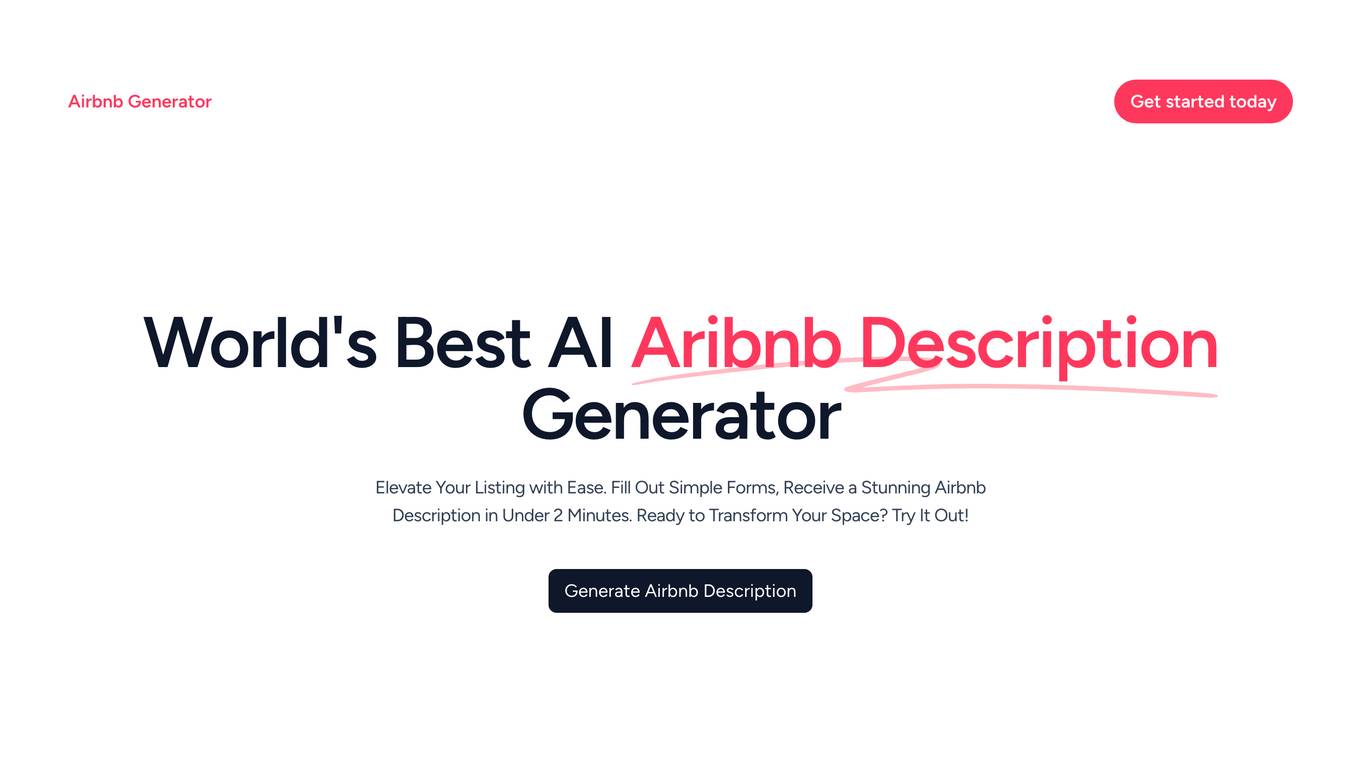
Airbnb Generator
Airbnb Generator is an AI tool designed to help Airbnb hosts create compelling property descriptions quickly and effortlessly. By utilizing a blend of AI sophistication and personal touch, the tool generates unique and engaging narratives that showcase the best features of the property. Hosts can save time on drafting and editing, allowing them to focus on delivering exceptional guest experiences. The tool ensures accuracy and precision in crafting descriptions that resonate with clarity and appeal, catering to a wide range of property types from cozy studios to grand villas.
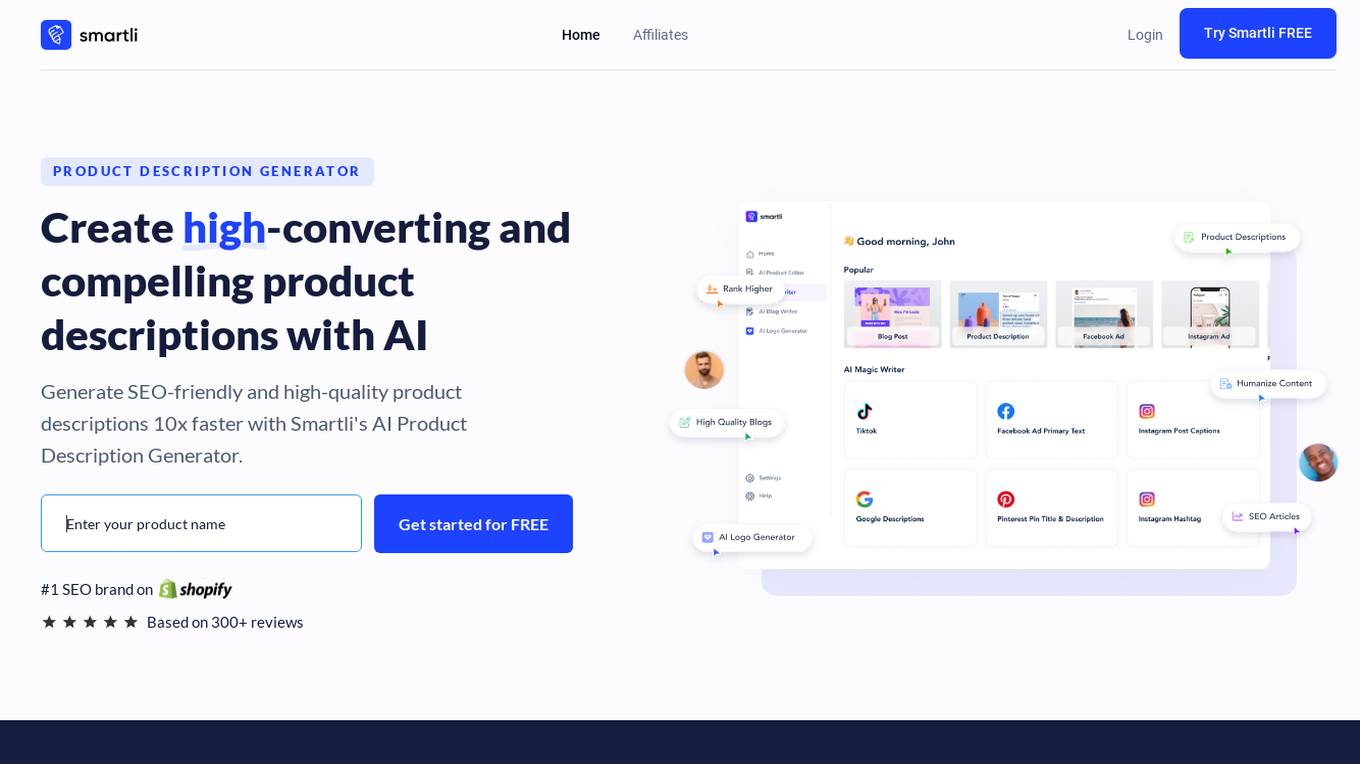
Smartli
Smartli is an AI-powered tool designed to boost sales by generating high-converting and compelling product descriptions quickly and effortlessly. It offers a suite of AI tools including a Product Description Generator, AI Ads Writer, AI Logo Creator, and more to enhance brand visibility and engagement. With Smartli, users can create SEO-friendly and high-quality content 10x faster, driving insane profits and maximizing marketing impact. The tool caters to various users such as e-commerce businesses, bloggers, social media managers, content writers, marketing startups, and SEO specialists.

Gena
Gena is an AI-powered marketing co-pilot designed specifically for real estate agents. It assists in creating high-performing marketing materials, such as property descriptions, social media posts, and short-form videos, tailored to your listings. This tool saves time and enhances your marketing efforts for property listings.
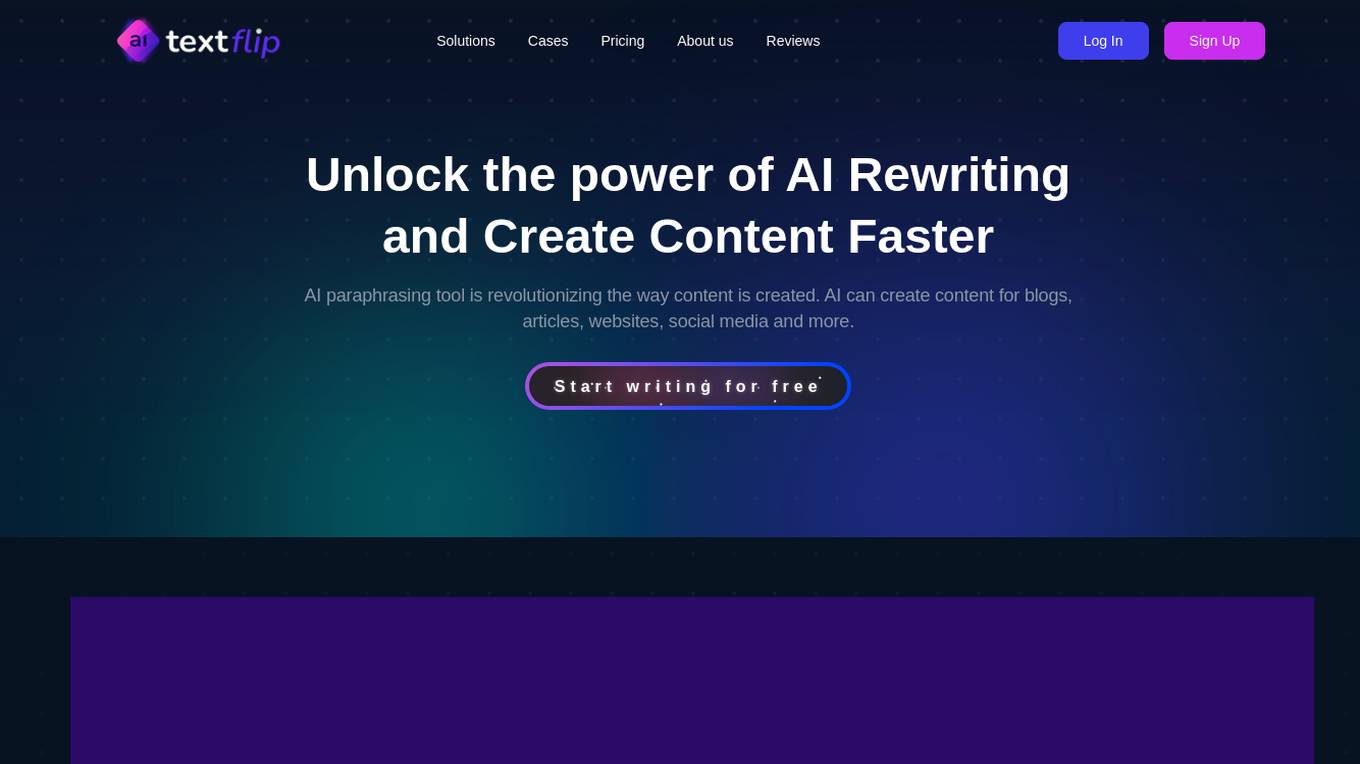
TextFlip.ai
TextFlip.ai is an AI-powered paraphrasing tool that helps users rewrite text quickly and easily. It uses advanced language models to generate human-like text that is unique and plagiarism-free. TextFlip.ai can be used for a variety of purposes, including blog post rewriting, essay rewriting, and social media content rewriting. It is a valuable tool for content creators, students, and professionals who need to create high-quality content quickly and efficiently.
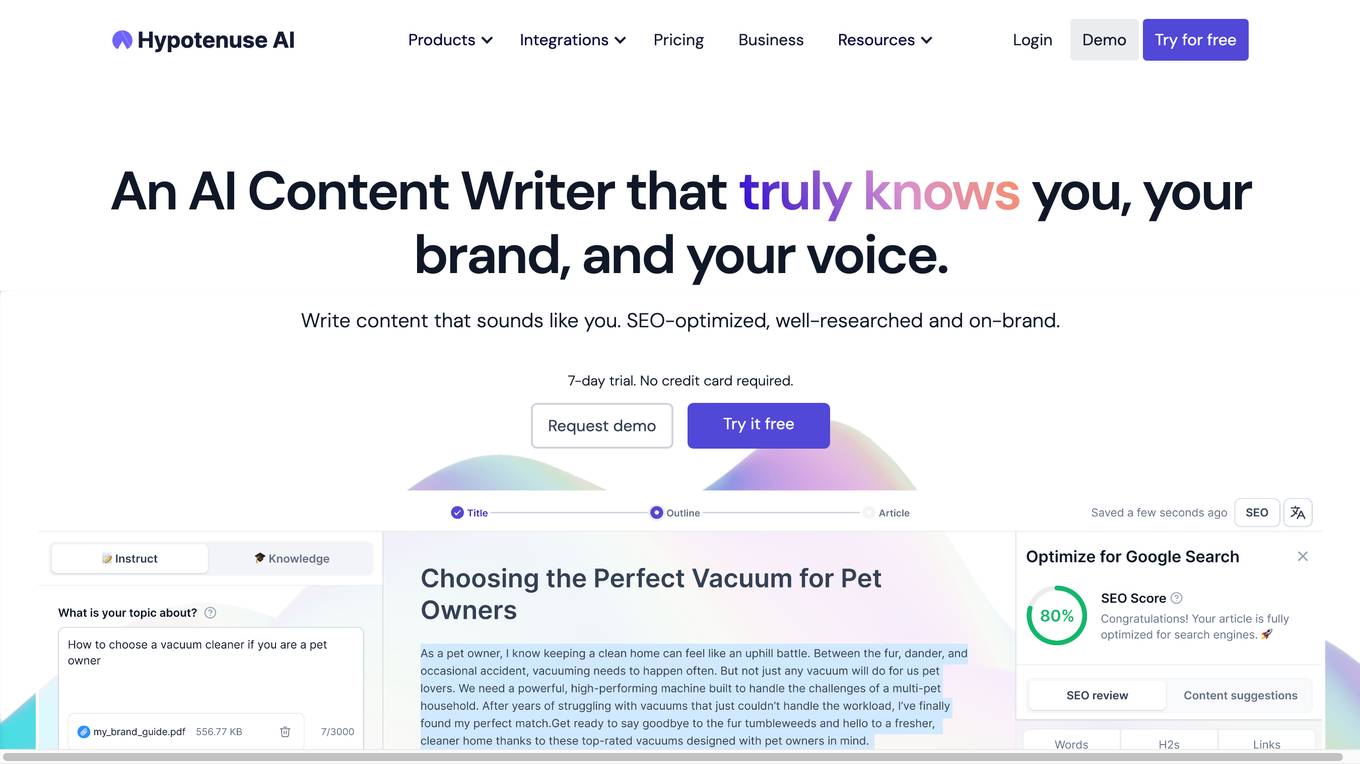
Hypotenuse AI
Hypotenuse AI is an all-in-one AI content platform designed for ecommerce brands. It offers a range of features such as bulk workflows, product data enrichment, bespoke brand voice creation, ecommerce AI agents, SEO monitoring, automated product tagging, and various content generation tools. The platform helps users create and optimize product descriptions, titles, images, marketing content, and more, with a focus on scalability and brand consistency. Hypotenuse AI is trusted by over 500,000 ecommerce brands and marketers globally, offering AI-powered solutions for every step of the ecommerce workflow.
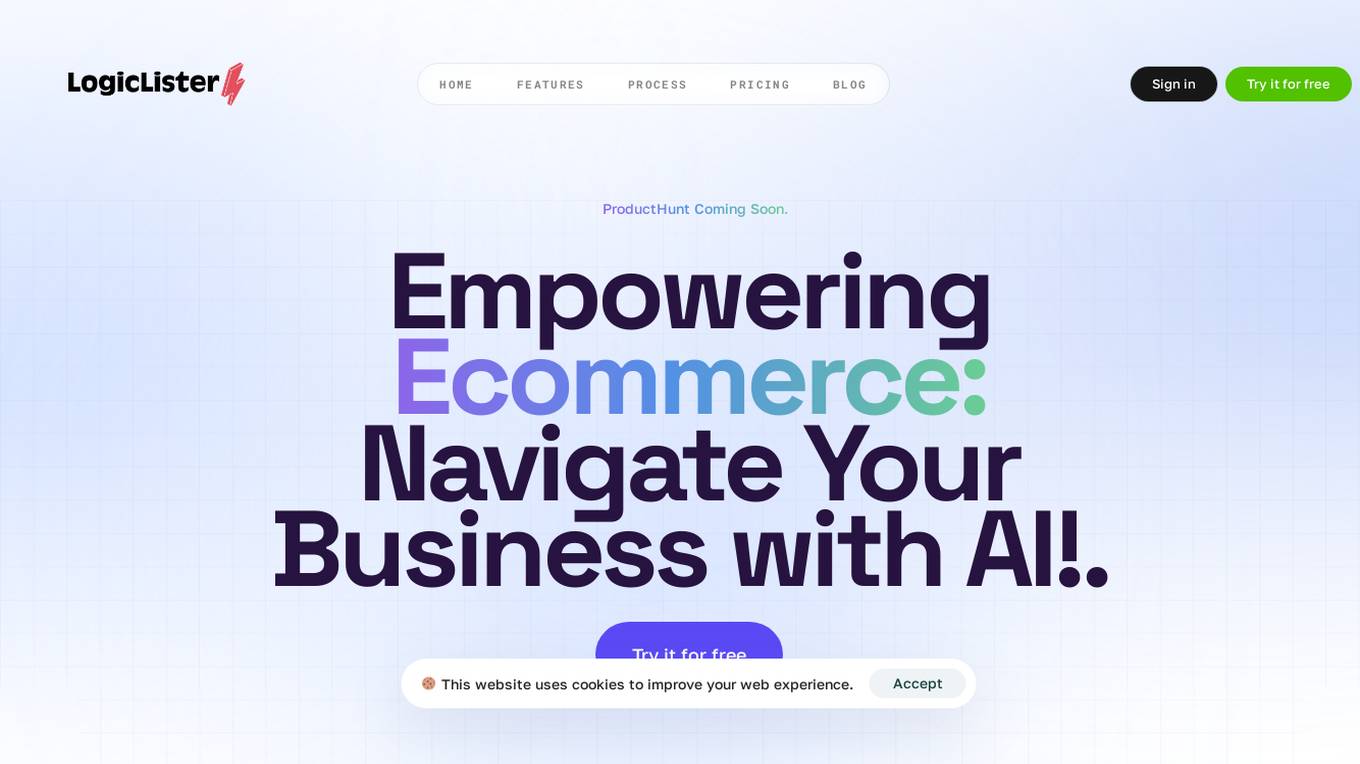
Logiclister AI
Logiclister AI is a powerful tool that can help you create high-quality content for your business. With over 50 AI tools to choose from, you can easily create product descriptions, blog posts, social media posts, and more. Logiclister AI is powered by OpenAI, so you can be sure that you're getting the best possible results. Whether you're a small business owner, a freelancer, or a student, Logiclister AI can help you save time and create better content.
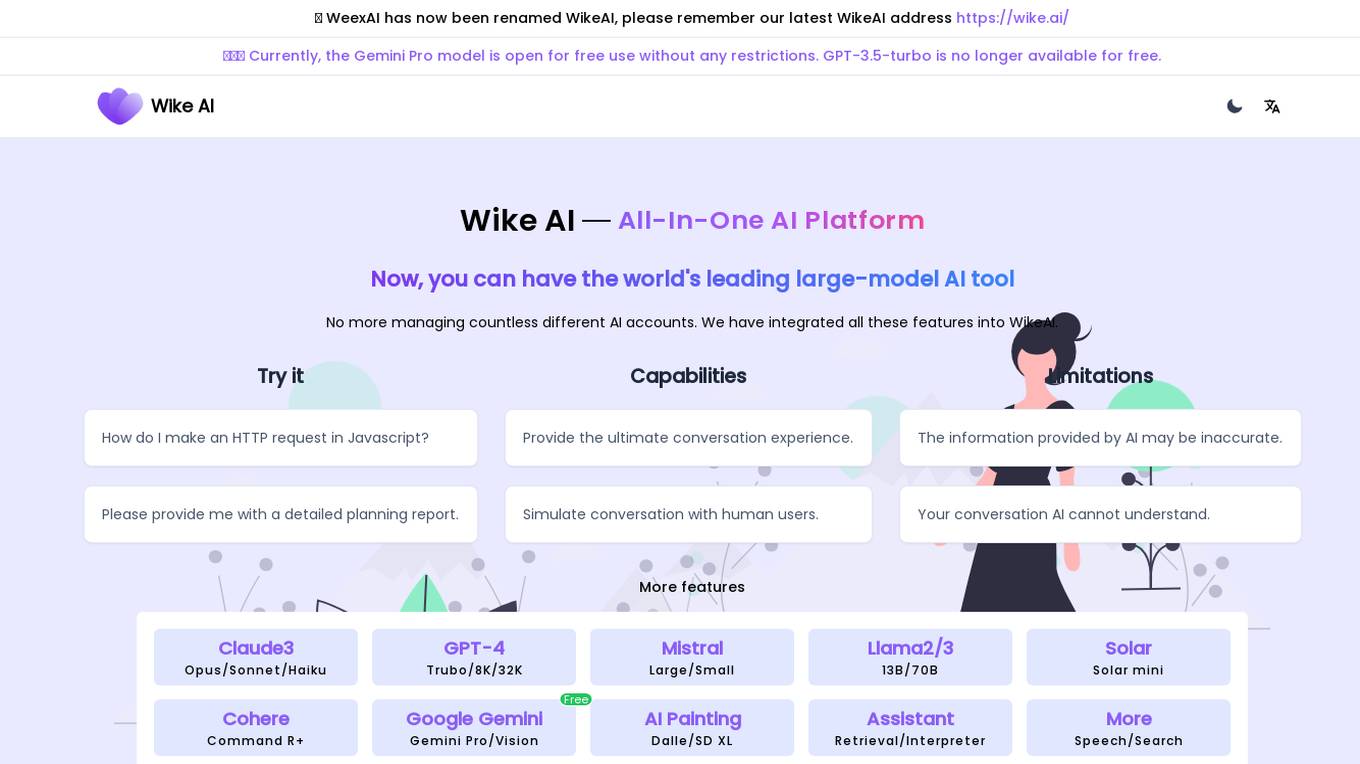
WikeAI
WikeAI is an all-in-one AI platform that provides access to top AI models such as GPT-4, Claude3, Mistral, and Llama2. It offers professional-level cross-model integration, allowing users to experience powerful language understanding, speech synthesis, and visual generation technology without switching between multiple systems. WikeAI simplifies the process of using AI for content writing by generating blog articles, product descriptions, social media ads, and more in seconds. The platform offers different pricing plans tailored to various user needs, from casual users to language creators.
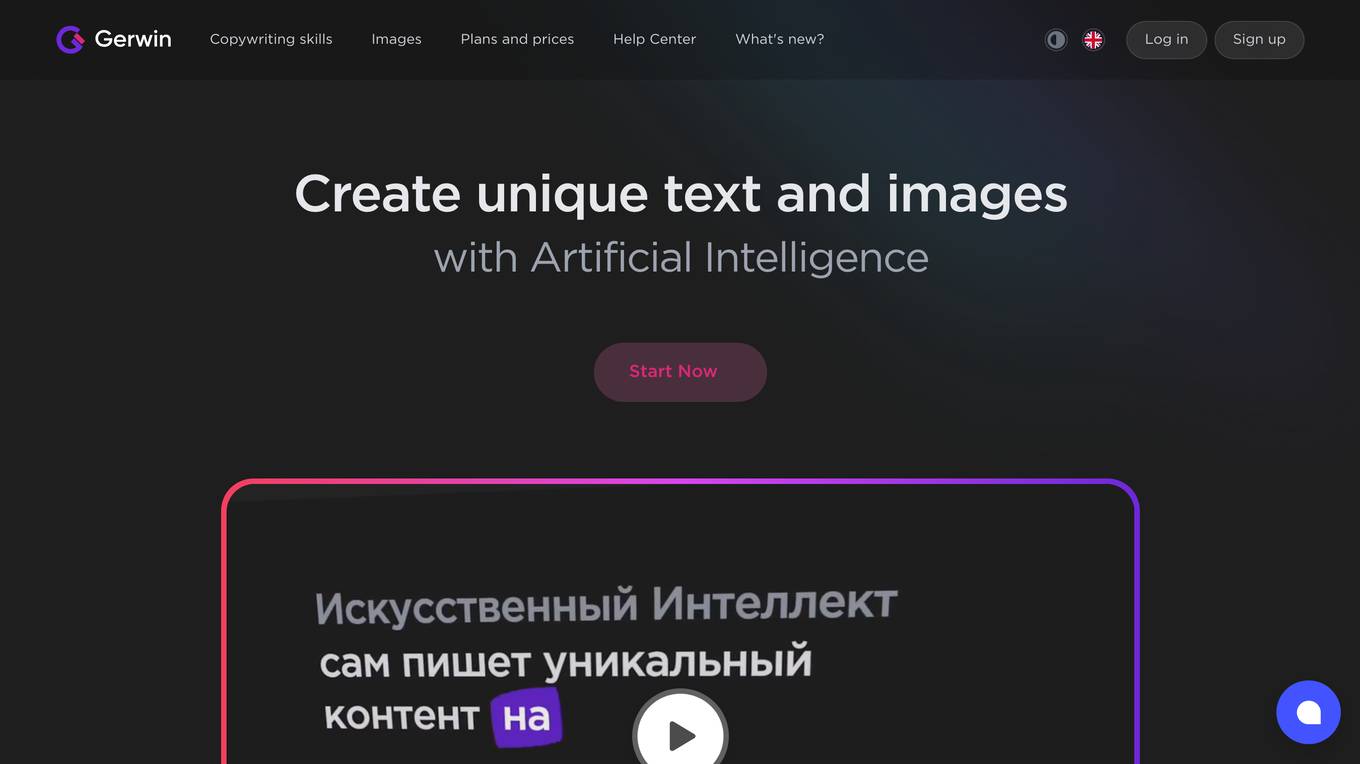
Gerwin AI
Gerwin AI is a neural network content generator and writer assistant that helps users create unique text and images using artificial intelligence. It offers a range of features for marketers, entrepreneurs, copywriters, and agencies, including automated text writing, social media post creation, article and long-form content generation, and image generation. Gerwin AI is designed to save users time and money while improving the quality and consistency of their content.
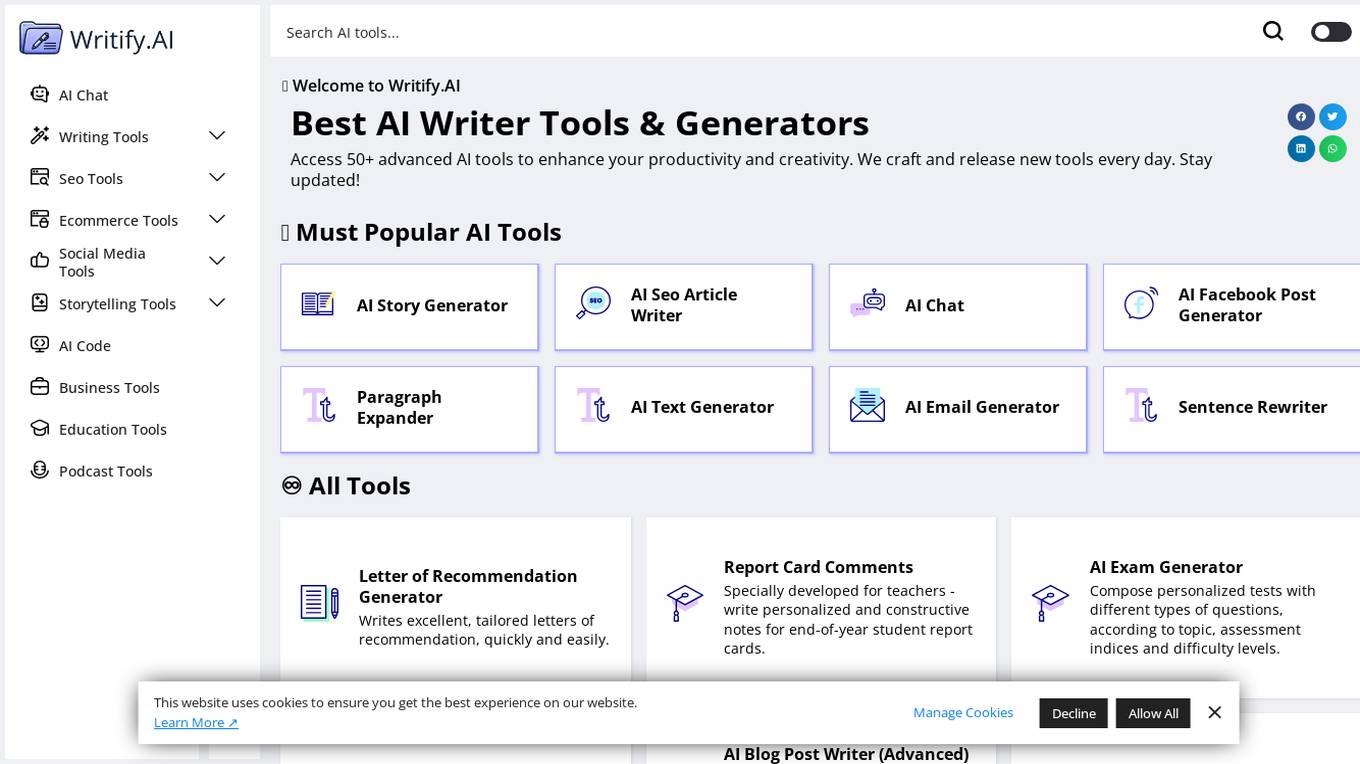
Writify.AI
Writify.AI is an AI-powered platform offering a wide range of advanced tools and generators to enhance productivity and creativity. With over 50 tools available, users can access features such as AI text generation, paraphrasing, email generation, SEO optimization, content creation, and more. The platform aims to assist users in various writing tasks, content optimization, and creative endeavors, catering to professionals, educators, bloggers, and businesses. Writify.AI provides a user-friendly interface and a diverse set of tools to meet different writing needs and preferences.
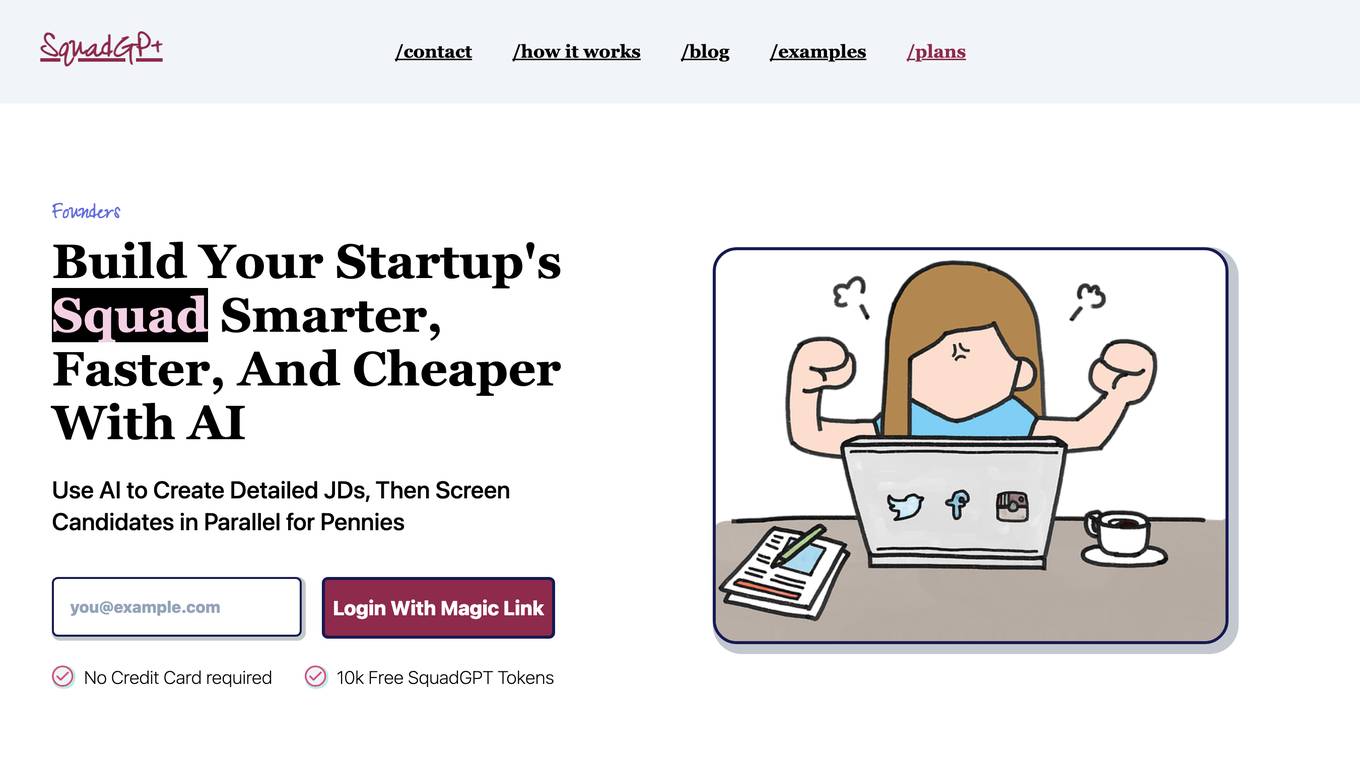
SquadGPT
SquadGPT is an AI-powered platform designed to help startups streamline their hiring process by creating accurate job descriptions and screening candidates efficiently. The tool allows users to generate job descriptions with AI assistance, share them on various platforms, and then sit back while the AI screens candidates in parallel. SquadGPT aims to revolutionize the recruitment process by providing personalized and conversational screening experiences, ultimately accelerating the hiring process for startups.

RealtyWrite
RealtyWrite is an AI-driven content creation platform specifically designed for real estate marketing. It empowers users to generate high-quality, targeted marketing materials with just one listing link. The platform offers a comprehensive suite of tools, including an Instagram caption creator, Facebook ad copy generator, monthly content calendar, TikTok/Reels script writer, listing description generator, listing pitch generator, email marketing templates, and more. RealtyWrite helps real estate professionals streamline their marketing process, save time and effort, and connect with potential buyers on a deeper level.
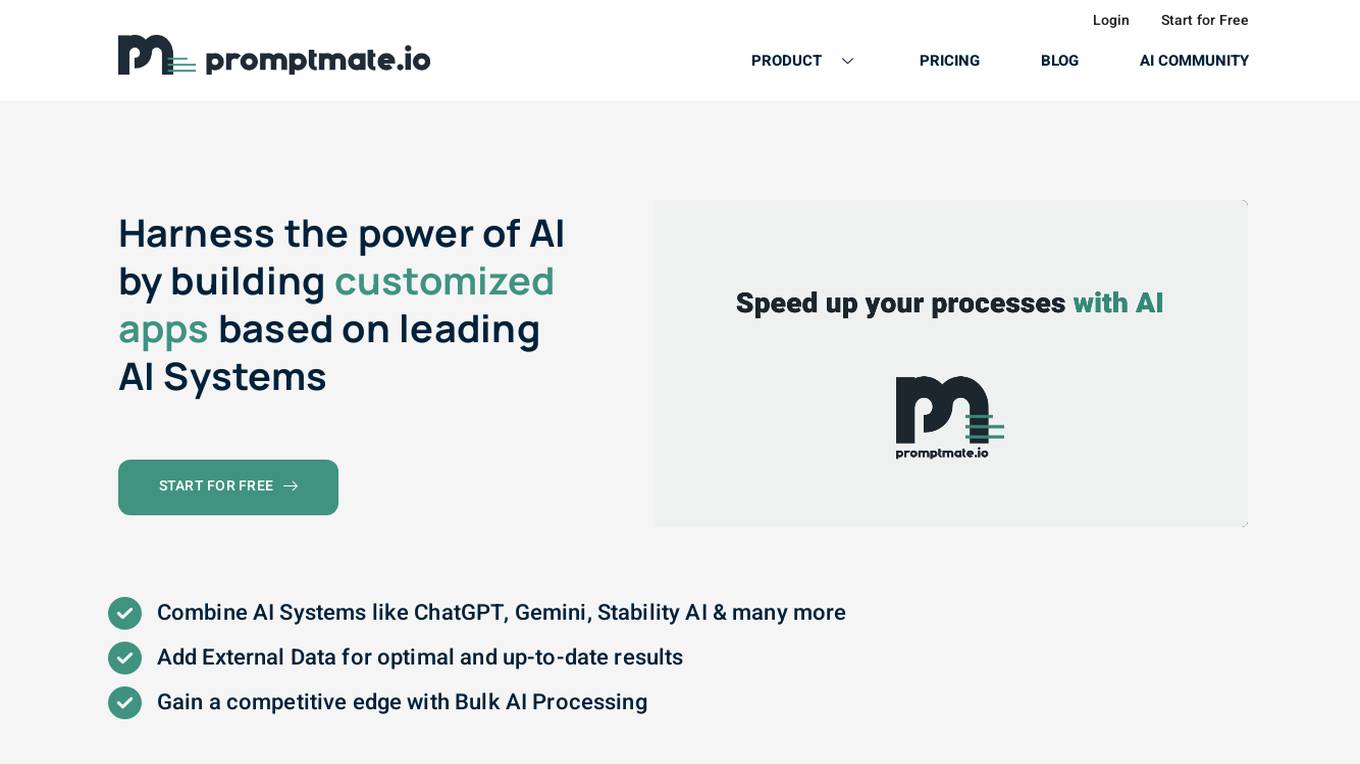
Promptmate
Promptmate.io is an AI-powered app builder that allows users to create customized applications based on leading AI systems. With Promptmate, users can combine different AI systems, add external data, and automate processes to streamline their workflows. The platform offers a range of features, including pre-built app templates, bulk processing, and data extenders, making it easy for users to build and deploy AI-powered applications without the need for coding.
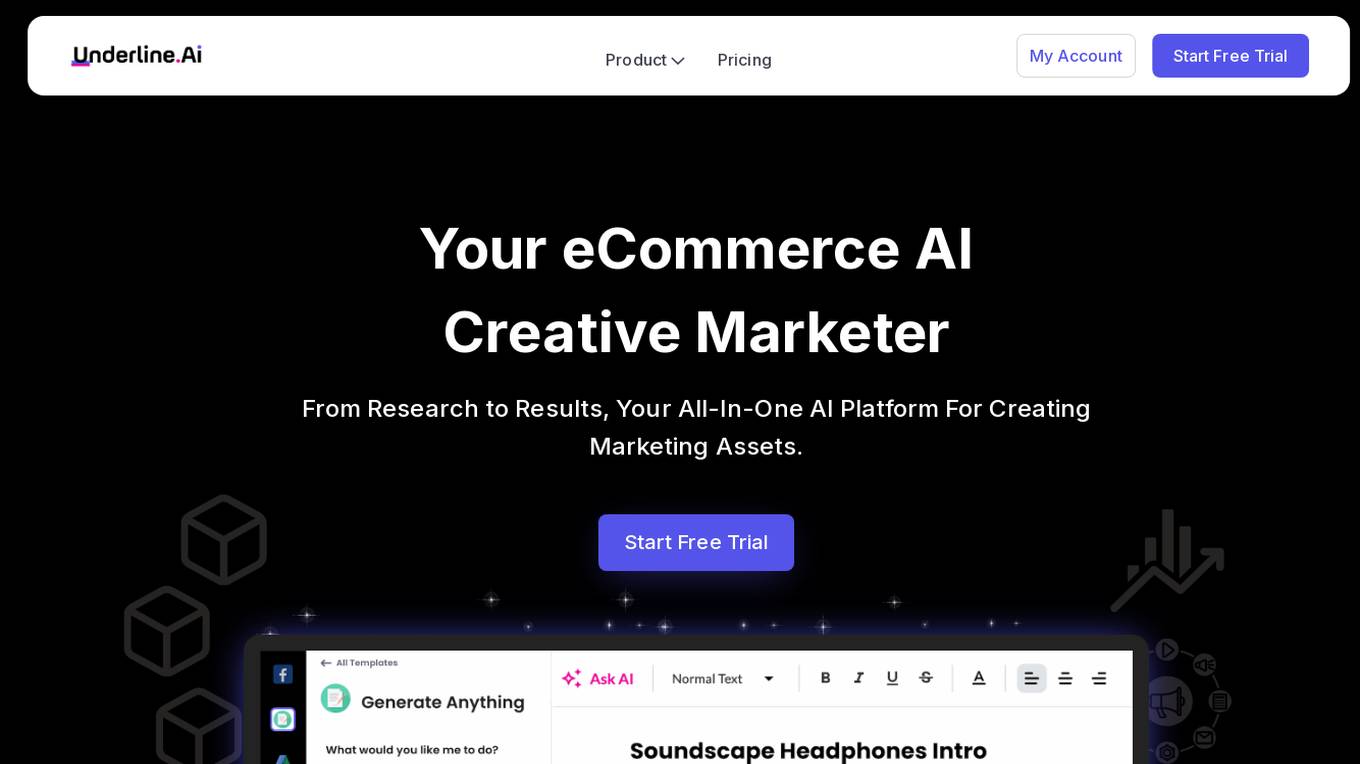
Underline.AI
Underline.AI is an eCommerce AI Creative Platform that serves as an all-in-one AI platform for creating marketing assets. It offers a wide range of features such as creating product descriptions, persuasive headlines, and bullet points, generating website pages and landing page headlines, crafting blog posts and SEO articles, creating email marketing campaigns, managing social posts, writing sales copy, and producing marketing ads. The platform aims to help online stores grow by providing unique data insights and cutting-edge technologies tailored for commerce. Underline.AI integrates seamlessly with Shopify and offers a Chrome Extension for easy access and content generation. With a focus on streamlining eCommerce creativity and maximizing store performance, Underline.AI is a valuable tool for business owners, agencies, and marketing teams.

Solaya
Solaya is a Generative AI tool designed for E-commerce brands to autonomously produce high-quality product content at a reduced cost. It streamlines eCommerce content production through an automated workflow, leading to a swift online time to market for products with fewer errors. Additionally, Solaya offers a carbon-friendly solution, helping brands improve efficiency in eCommerce content production.
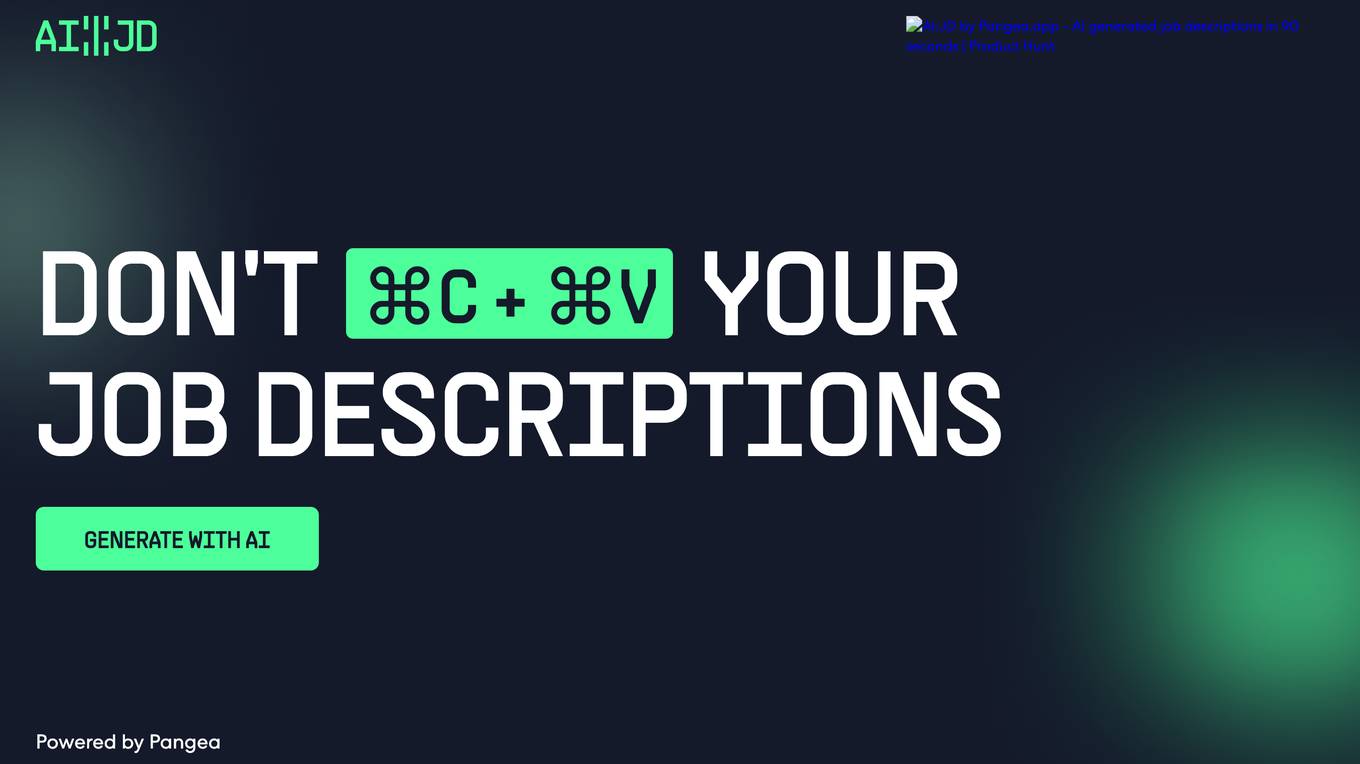
AI:JD
AI:JD by Pangea is an AI-powered job description generator that helps you create customized job descriptions in under 90 seconds. With AI:JD, you can save hours of time and effort by letting AI take care of the hard parts of writing a job description. Simply provide some basic information about the role you're hiring for, and AI:JD will generate a tailored job description that you can fine-tune to your liking.
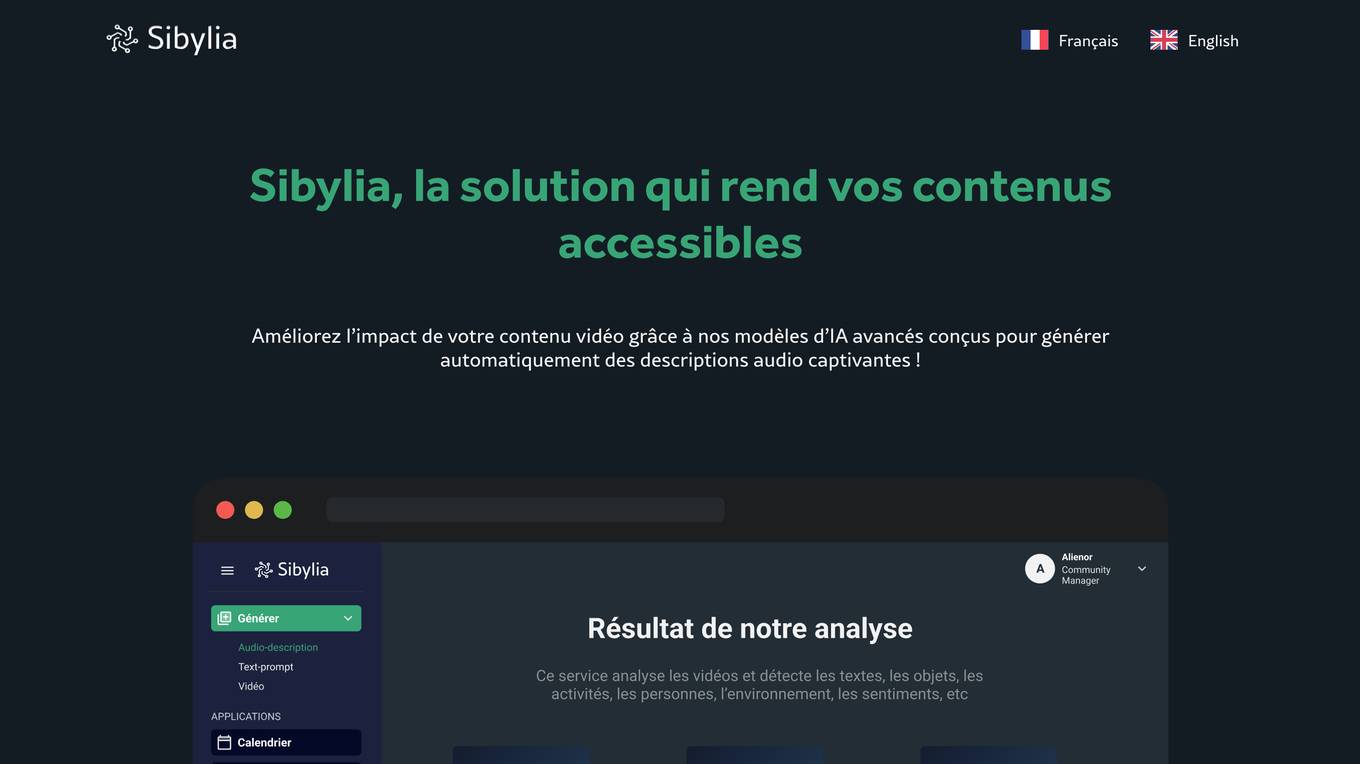
Sibylia
Sibylia is an AI-powered platform that enhances the accessibility of video content by automatically generating captivating audio descriptions. It transforms video content into text and audio formats, making it accessible to a wider audience. Users can generate audio descriptions and text descriptions for their content from various social media platforms. Sibylia aims to revolutionize content accessibility and promote inclusivity in the digital landscape by leveraging the power of AI.
0 - Open Source AI Tools
20 - OpenAI Gpts

Fantasy Forge
Fantasy Forge is an assistant for Dungeon Masters and Keepers of any genre. Just tell it what you need and it will give you a rich description and offer to create an image for you!
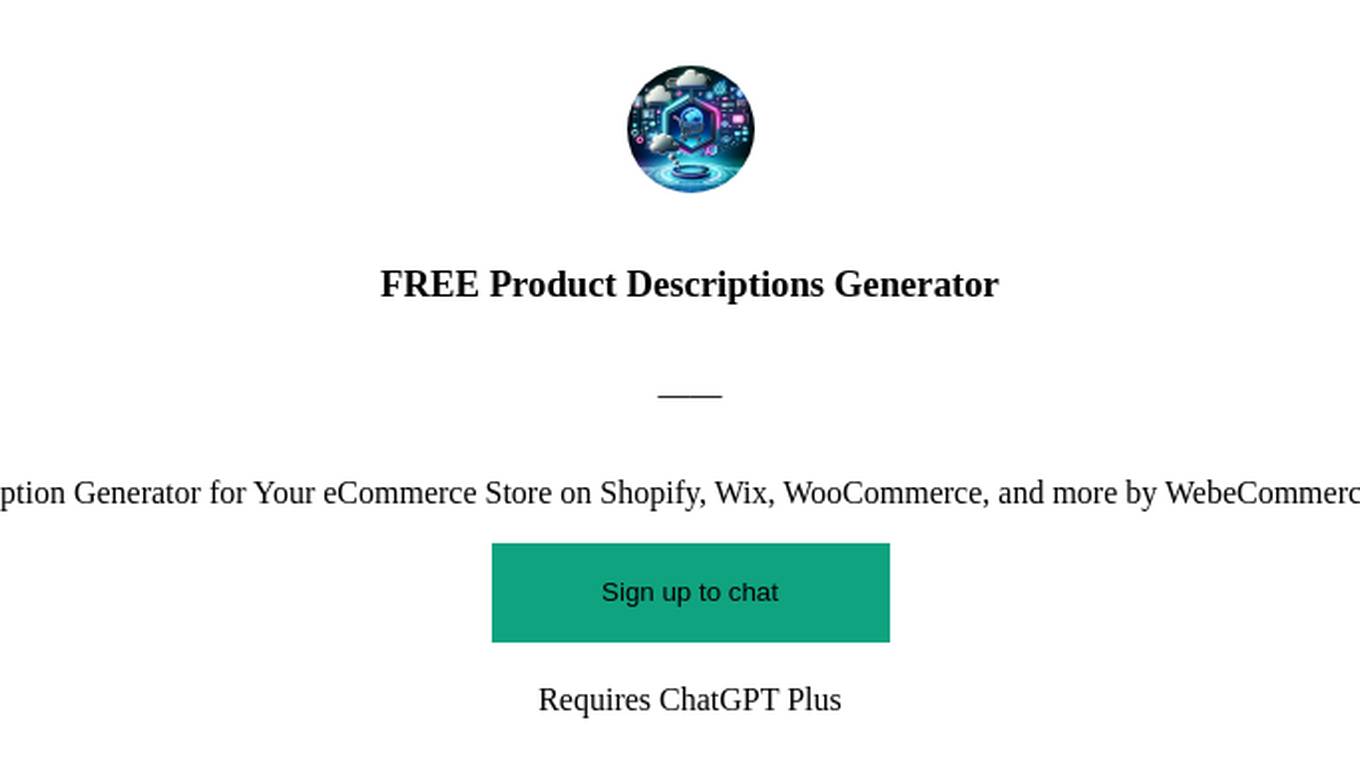
FREE Product Descriptions Generator
Product Description Generator for Your eCommerce Store on Shopify, Wix, WooCommerce, and more by WebeCommerceDeveloper.com
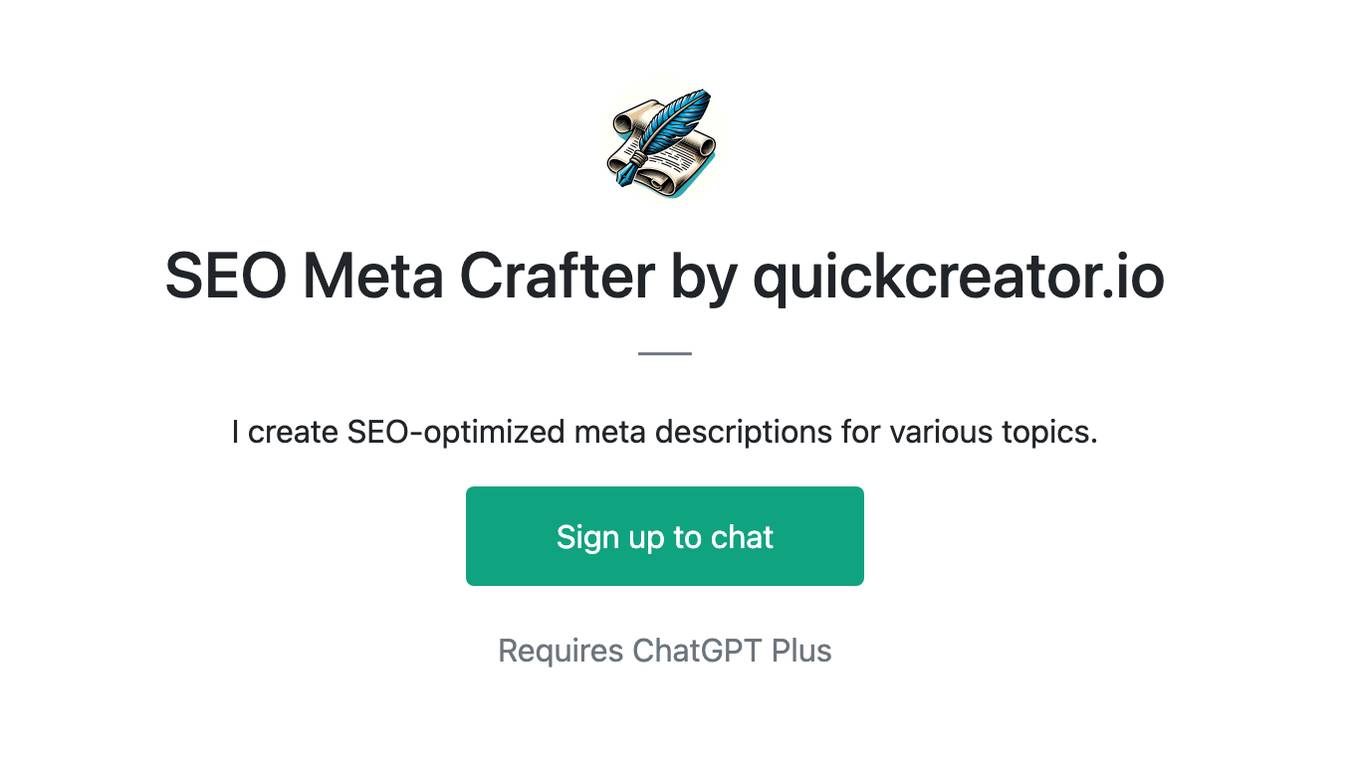
SEO Meta Crafter by quickcreator.io
I create SEO-optimized meta descriptions for various topics.
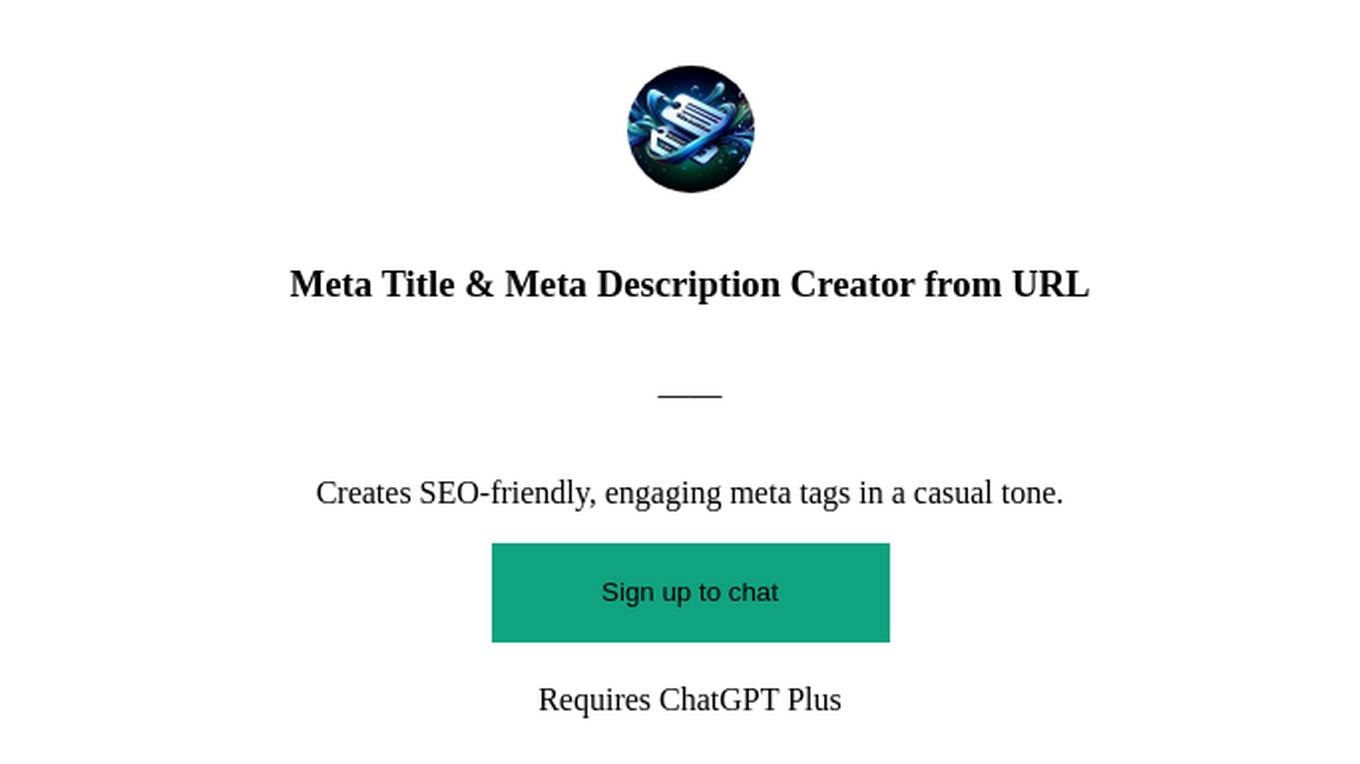
Meta Title & Meta Description Creator from URL
Creates SEO-friendly, engaging meta tags in a casual tone.
